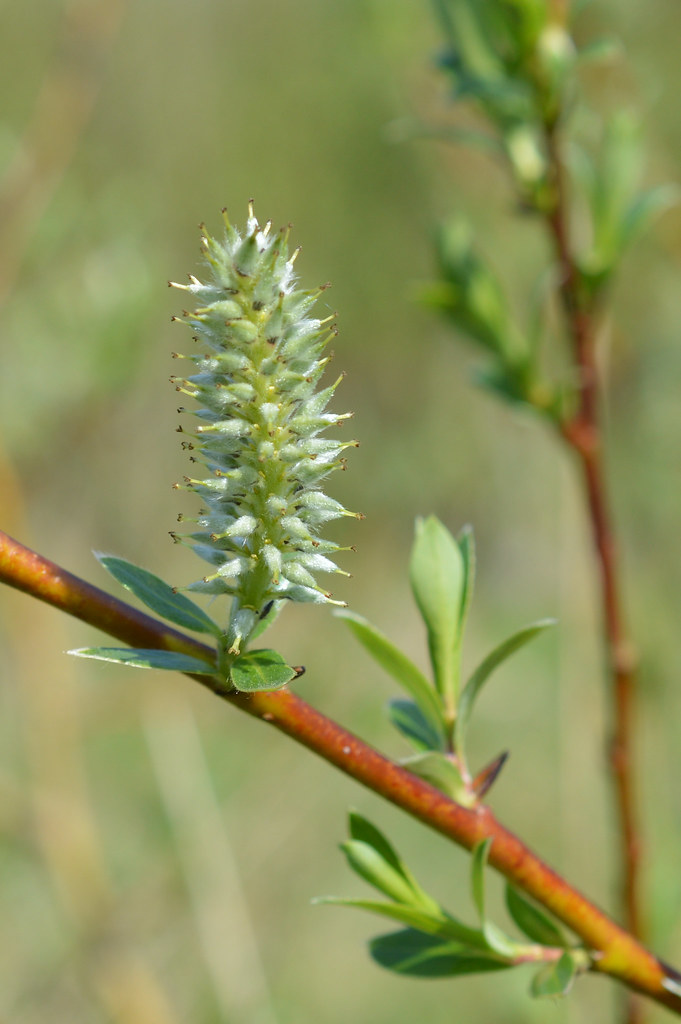
Salix phylicifolia (Tealeaved Willow) Farndon Willow Holt… Flickr
Tea-leaved Willow ( Salix planifolia ssp. planifolia ), a Wisconsin Threatened plant, is found near Lake Superior, including on bedrock shorelines in the Apostle Islands. Blooming occurs throughout May, fruiting throughout June. The optimal identification period for this species is May through June. Synonyms:

Catkins of TeaLeaved Willow ( Salix phylicifolia Stock Photo Alamy
Salix phylicifolia L. (Tea-leaf willow, Tea-leaved willow). Family Salicaceae. Genus Salix. World flora

Salix phylicifolia (Tealeaved Willow) Catkin Farndon Will… Flickr
Willows, also called sallows and osiers, of the genus Salix, comprise around 350 species (plus numerous hybrids) of typically deciduous trees and shrubs, found primarily on moist soils in cold and temperate regions.. Most species are known as willow, but some narrow-leaved shrub species are called osier, and some broader-leaved species are referred to as sallow (from Old English sealh, related.
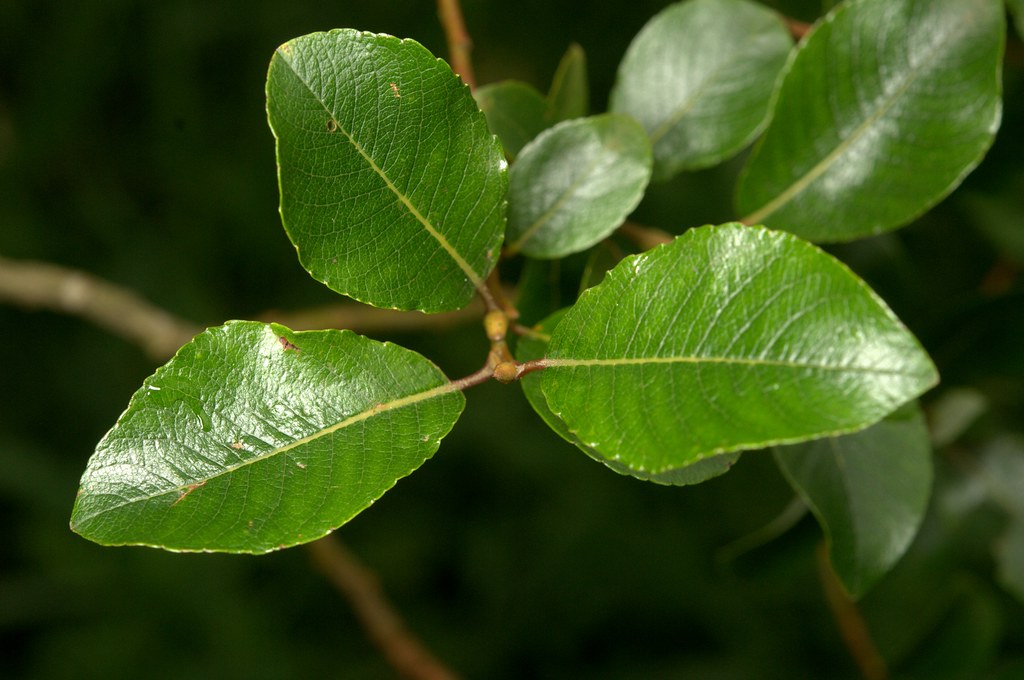
Tealeaved Willow, Salix phylicifolia, Loch Lubnaig, Argyl… Flickr
Source: Wikipedia. Salix phylicifolia, the Tea-Leaved Willow, is a species of willow native to Northern Europe including Iceland, the Faroe Islands, Scandinavia, Finland, Russia, and Western Siberia. It was the first bush found on the new volcanic island of Surtsey near Iceland.

Flowering willow. Beautiful catkin of Tealeaved Willow (Salix phylicifolia). First signs of
General Description Shrubs 0.5-2 m. Twigs glabrous, black to reddish, shiny. Leaf blades 1-7 cm long, elliptic with entire margins; shiny green above, glaucous below. Female catkins 1-4 cm long, emerging before the leaves, sessile; scales black, long-hairy.
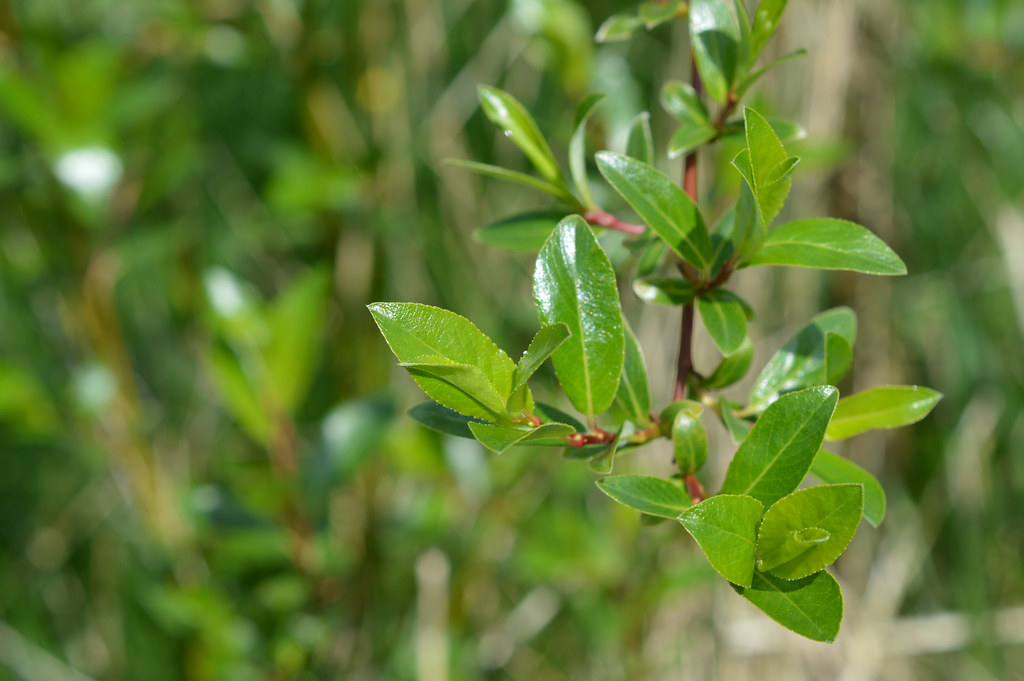
Salix phylicifolia (Tealeaved Willow)2 Farndon Willow Ho… Flickr
Salix phylicifolia, the tea-leaved willow, is a species of willow native to Northern Europe including Iceland, the Faroe Islands, Scandinavia, Finland, Russia, and Western Siberia. It was the first bush found on the new volcanic island of Surtsey near Iceland. Description Salix phylicifolia forms a shrub to 5 m (16 ft) tall. External links

Salix phylicifolia (Tealeaved Willow) catkin Farndon Wi… Flickr
Deciduous shrub Life Cycle: Perennial Maximum Size: 10 metres tall Habitats: Ditches, fields, gardens, meadows, mountains, riversides, roadsides, swamps, waterside, wetland. Flower: ֍ Yellow, no petals Short slender catkins. Male and female catkins are both yellow.
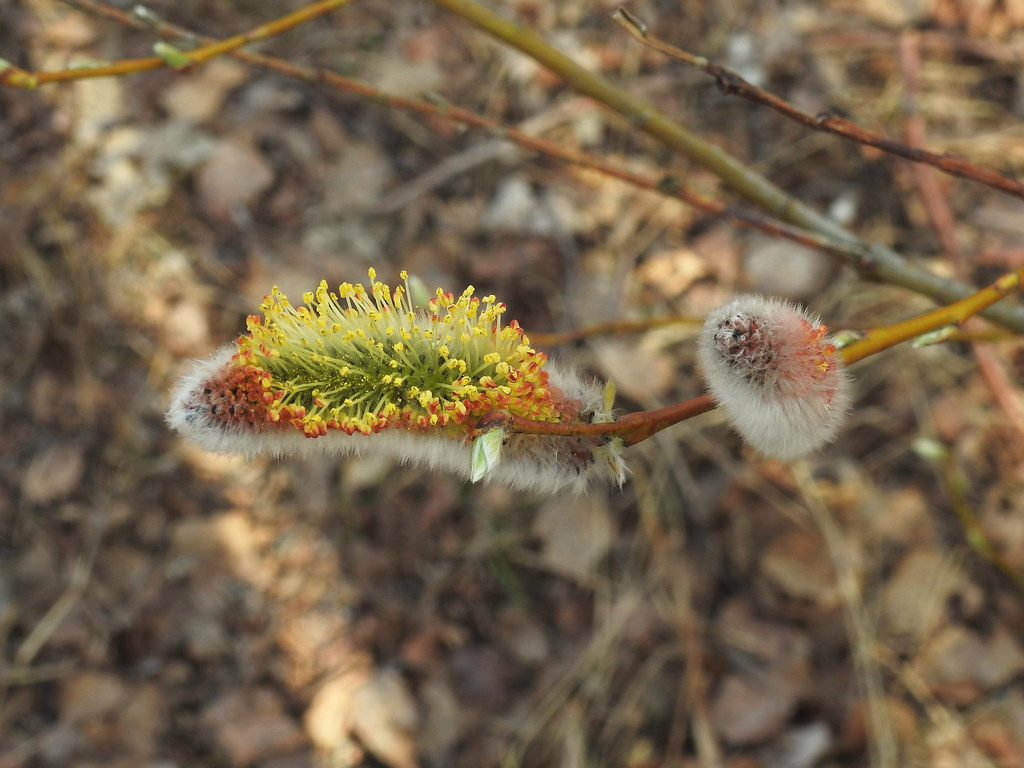
Salix phylicifolia Tealeaved Willow 2019.04.19 Tali, He… Flickr
The tea-leaved willow has been subject of many studies on its phytochemical substances in its leaves and the effect this has on predation by insects like aphids. It is a dioecious shrub. It is a member of the willow family (Salicaceae). The Icelandic name of this species is Gulvíðir. open page of all plant groups

Salix planifolia (tealeaved willow) Go Botany
Published: December 2, 2021 - Last updated: July 29, 2022 Tea in general is an incredible comfort. Whether you need something to soothe your throat or warm up your hands on a cold day, there is a tea for you. However, when you drink tea, you might be wanting benefits other than comfort.

Tealeaved willow (Salix phylicifolia) Plants Candide
Management Recommendations. This species primarily requires protection of the shoreline habitat and perpetuation of natural disturbance (winter ice, storms, wind) and hydrological regimes. This community occupies a stressed, potentially unstable environment; many of the species found in this community do not tolerate later stages of succession.

Tealeaved Willow Salix phylicifolia PinkfootedGus Flickr
The tea-leaved willow likes water. Once short of water, it will develop yellow leaves and withered branches. In the summer months in particular, seedlings and new plants should be watered on a daily basis.However, mature plants will naturally have a certain amount of drought resistance. According to the drought of the soil, plants are usually watered at about 5 pm every day.

Flowering willow. Beautiful catkin of Tealeaved Willow (Salix phylicifolia). First signs of
1.5-2.5 metres Growing conditions Loam Chalk Sand Clay Moisture Moist but well-drained pH Acid, Alkaline, Neutral Colour & scent Position Full sun Aspect South-facing or West-facing Exposure Exposed or Sheltered Hardiness
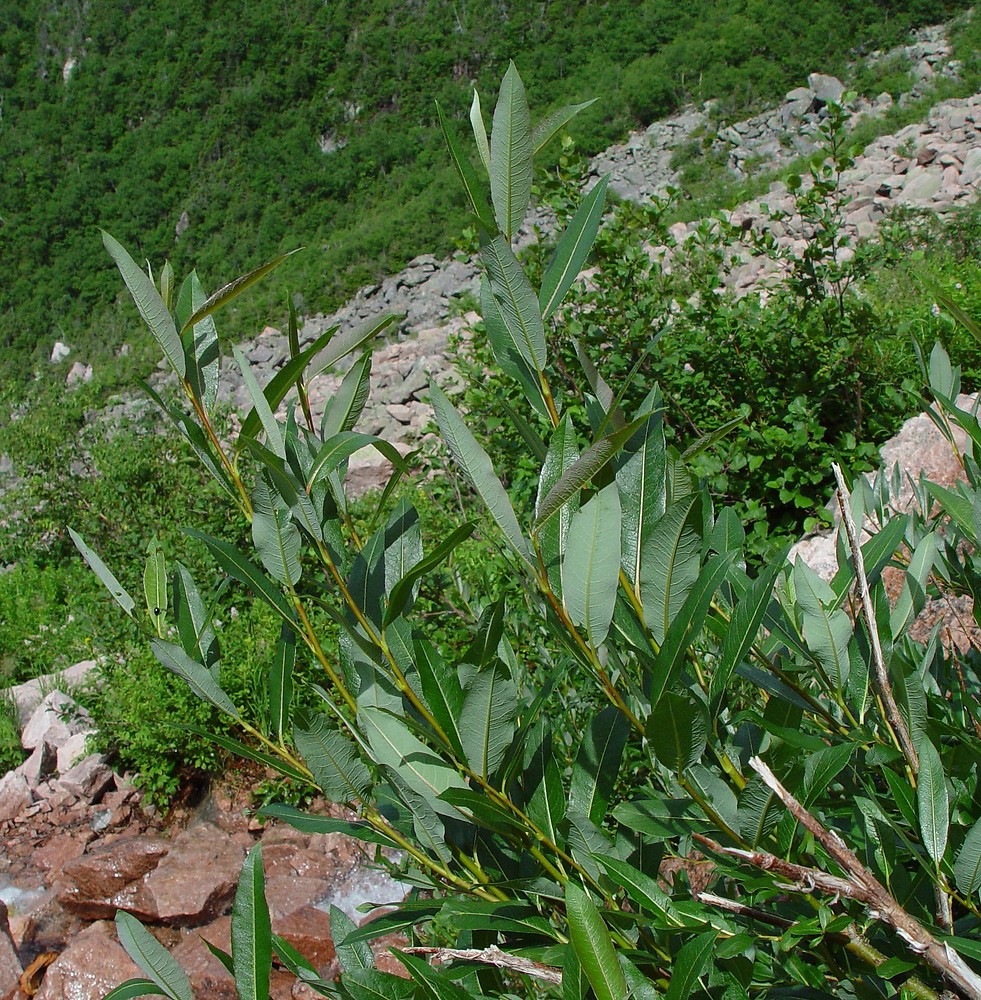
Salix planifolia (tealeaved willow) Go Botany
Tealeaf willow or tea-leaved willow is a common name for several plants and may refer to: Salix phylicifolia, native to northern Europe and northwestern Asia Salix planifolia, native to northern and western North America Salix pulchra, native to northern North America and northeastern Asia

Salix planifolia (tealeaved willow) Go Botany
Bogacheva IA, 1994. Compensation of foliage losses in willow in the forest-tundra during an outbreak of leaf-eating insects. Lesovedenie, No. 6:62-69; 13 ref. Google Scholar. Bormotov VI, Nilov VN, 1987. Tannin content of Salix L. species in Arkhangel'sk province. Rastitel'nye Resursy, 23 (No. 2):234-238; 15 ref.
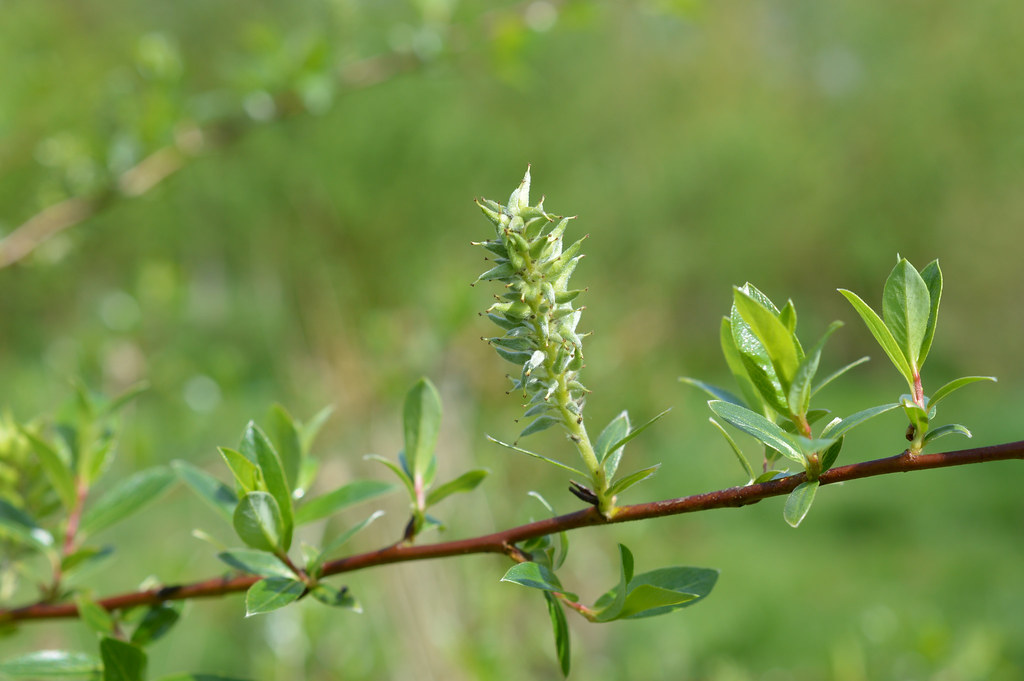
Salix phylicifolia (Tealeaved Willow) Farndon Willow Holt… Flickr
Peach-leaf Willow (Salix amygdaloides) Grows up to 60' (medium sized tree). Blooms in May. So-called due to this willow's leaves resembling those of a peach tree. It can be found inhabiting the banks of streams and ponds, low woods, and roadside gullies. Prairie Willow (Salix humilis) Grows up to 10' (colonial shrub). Blooms from April to May.
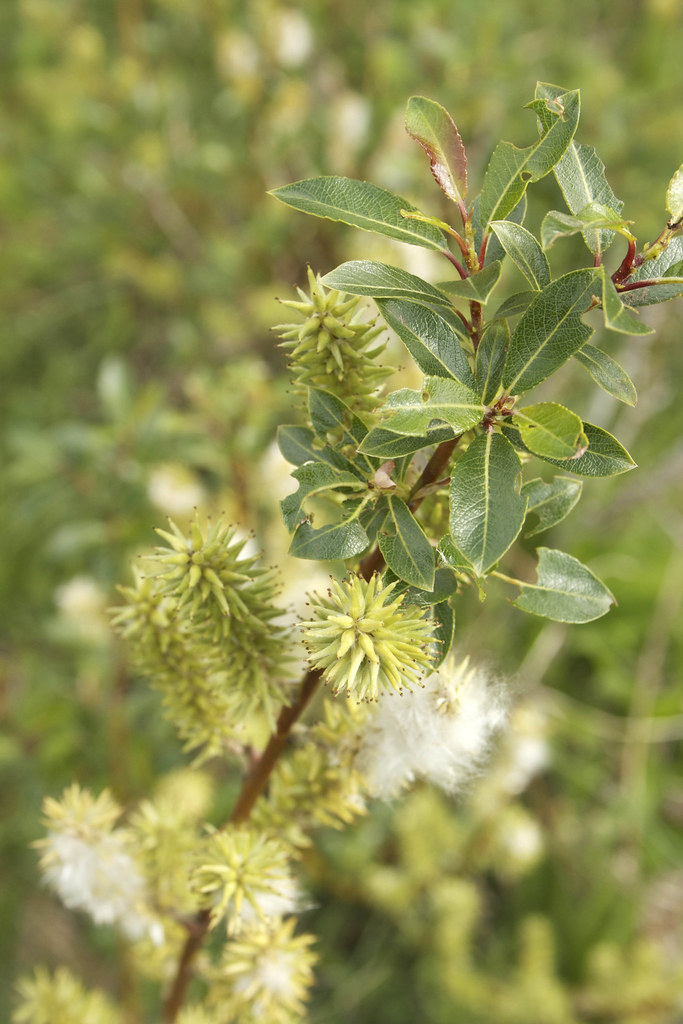
Tealeaved willow On the river Tees, between Low Force and… Flickr
Tea Leaved Willow Salix phylicifolia L. collect. overview; data; media; articles; names; Kari Pihlaviita cc-by-nc-2. Salix phylicifolia (Tea Leaved Willow) is a species of tree in the family Salicaceae. They have simple, broad leaves. Individuals can grow to 1.9 m.